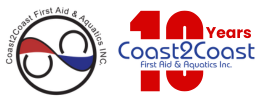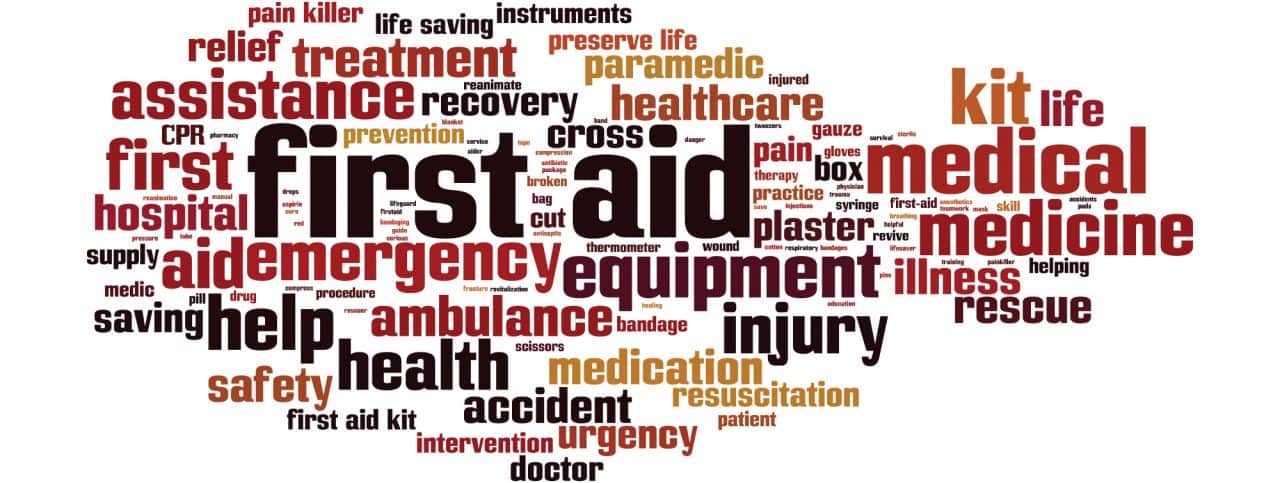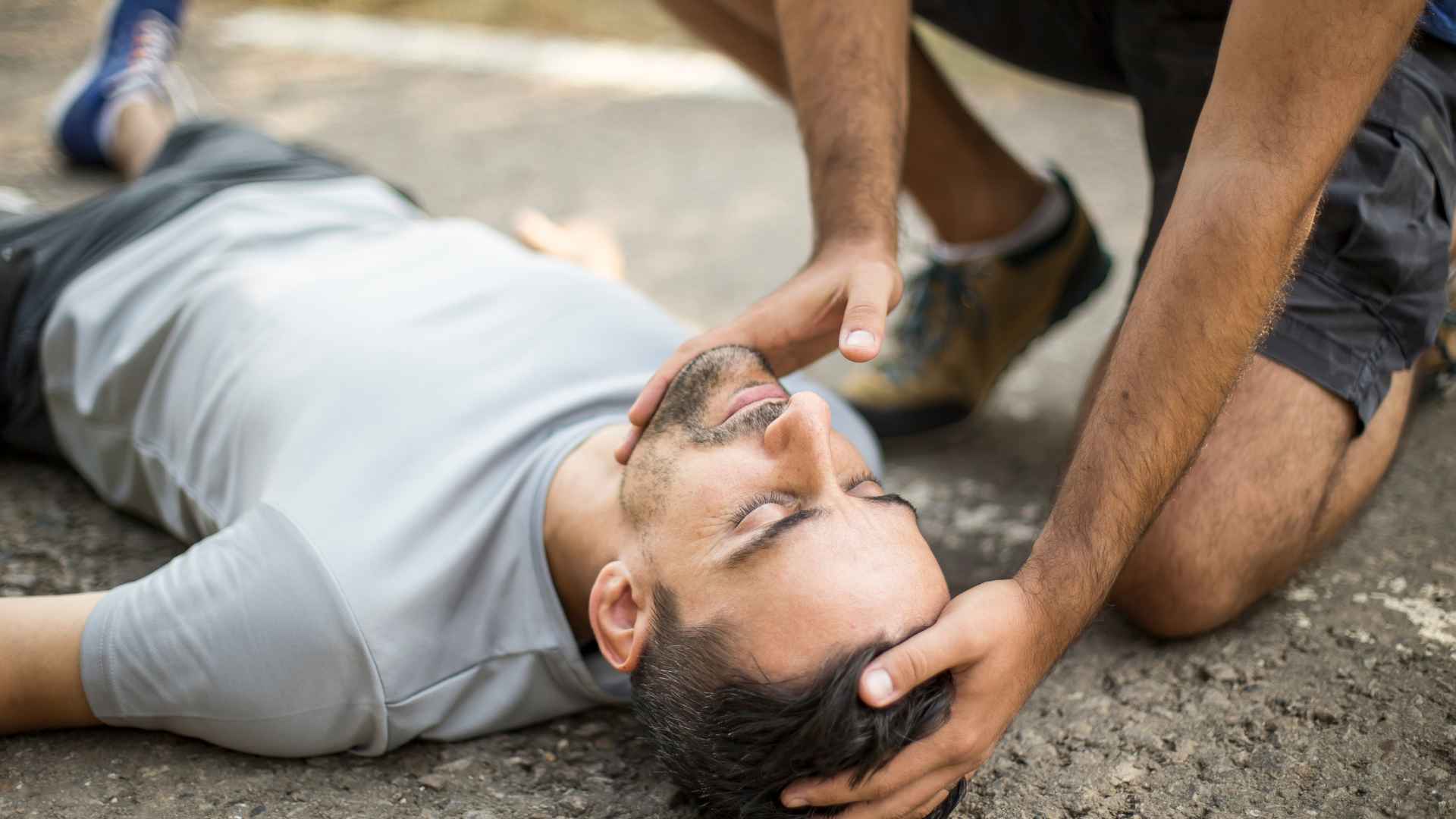Most of us don’t think of danger too often in our daily lives. We do follow rules of conduct at work, at home, and on the street. But what if any one of those rules fails and someone gets hurt? A child may fall into a swimming pool. Or reach up to a high shelf and fall down. A coworker may get crushed by heavy machinery. Or, as simple as that, a person may just have a stroke and drop unconscious as you stand. The list goes on and on. The question is, what do you do when and if this happens. And if you are an employer with a staff several people, another question is how much is it going to cost you when someone dies or gets severely injured on the job. Here are the four main reasons why getting your employees into a CPR course Toronto is a good idea:
- Safety at Work.
As simple as that. Yes, most workplaces have WHMIS or Health and Safety instruction sessions at work, but knowing CPR makes people all the more aware of the dangers. Whether it’s chemicals, machinery, or other hazards, a Health and Safety course can only go so far to prevent danger. If an employee learns about a life or death situation, CPR emergencies and how to respond to it, however, they actually, really-truly consider their actions.
- Company Morale
If you run a search, you’ll find there are enough group/workplace CPR courses more or less anywhere in the GTA and when employees get sent to a Toronto CPR course by their employer, they bond. Trust is established. This unique feeling of mutual support is not something any other course can achieve. Knowing people are now trained and equipped to take care of each other not just in routine tasks, but in dire need, makes the entire team stronger.
- Industry Tailored
When you direct your people to separate Toronto CPR courses of their choice, they get general skills. Those skills are unarguably valuable but what they are not is industry specific. If you get a group course, you get a program that covers all the bases, while focusing on the specific types of disaster that may happen in your industry.
- Cost Effectiveness
The cost of workplace injury when it eventually occurs can range from considerable to enormous. Spending a little to avoid spending a lot is simply good business. Get your team onboard with a workplace CPR course Toronto, and you will see how far reaching and beneficial the results can be.






